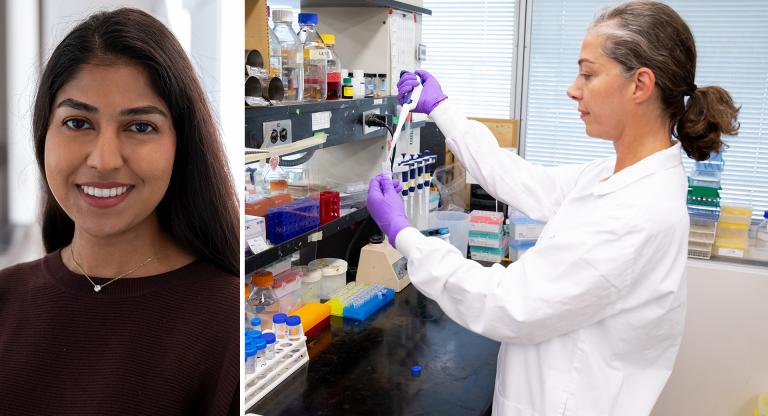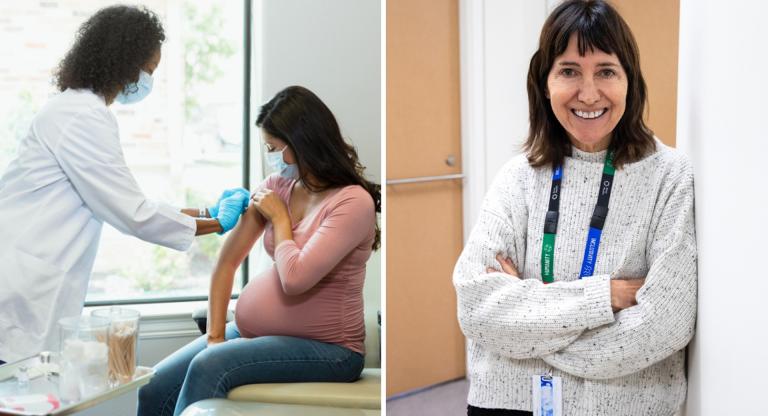Behind the made-in-Canada approach to tracking COVID-19 antibodies
With every quiet pass of the robotic arm in the Gingras lab at the Lunenfeld-Tanenbaum Research Institute (LTRI), more questions about COVID-19 are being answered.
The robot whizzes away, quickly sampling 384 wells on 15 different plates in a single instrument run, with each tiny well measuring antibodies from a diluted blood sample that will inform scientists if that person was exposed to SARS-CoV-2, the virus that causes COVID-19. It doesn’t matter if the person acquired antibodies through natural infection, vaccination, or both – the test has been designed to catch it all.
The assay has been used to process more than 150,000 unique samples for more than 30 different studies across Canada. A manuscript describing the made-in-Canada serology assays was recently published in Clinical and Translational Immunology.
“Throughout the pandemic, antibody testing has been instrumental for detecting previous exposures and analyzing vaccine-elicited immune responses,” said Dr. Anne-Claude Gingras, one of the paper’s lead authors and a senior investigator at the LTRI. “We’ve been able to prove our assay is a scalable serology solution that is highly accurate in discriminating between natural infection- and vaccination-induced responses.”
The assay was developed and validated by a team of scientists from across Canada. Under the direction of Dr. Yves Durocher, the National Research Council Canada provided high-quality proteins for the assay, while Dr. John Kim produced reference panels from the National Microbiology Laboratory of Canada. Dr. Marc-André Langlois’ lab at the University of Ottawa developed and validated the test in parallel to the Gingras lab.
In the two years that followed the assay’s development, this Canadian dream team of scientists not only helped answer critical questions surrounding immunity and COVID-19, but provided critical data needed for public health decisions around immunization timing and frequency.
The assay helped produce insight on infection rates in the general population and higher risk cohorts such as health care workers and measured how high-risk groups respond to vaccinations, including residents of Ontario’s long-term care facilities, aging adults and immunocompromised individuals. These surveys have helped prioritize specific groups for additional doses of the vaccine, based on their antibody responses.
“Our assay’s success is really a testament to all the scientists who were so eager to help,” said Dr. Karen Colwill, first author on the paper and manager of the Network Biology Collaborative Centre at the LTRI where the robotics equipment is located. “This is just a wonderful example of what you can build when you bring strong resources and minds from across the country together.”
This multi-center study was funded with support from the Canadian Institutes of Health Research, the COVID-19 Immunity Task Force (CITF), the NRC’s Pandemic Response Challenge Program and Ontario Ministry of Colleges and Universities. Funding for initial assay development in the Gingras lab was provided through generous donations from the Royal Bank of Canada and the Krembil Foundation.











